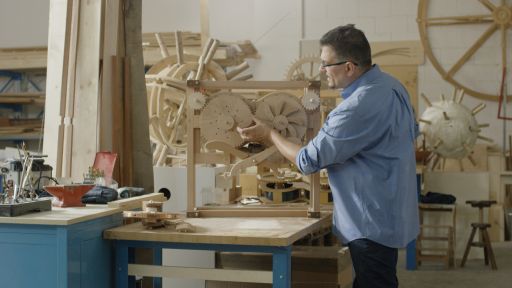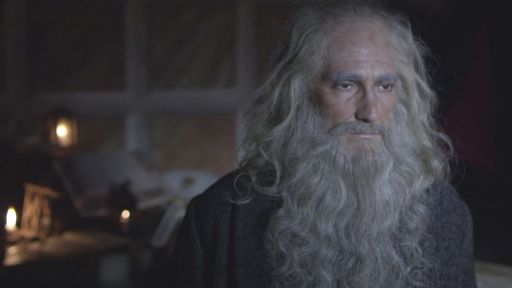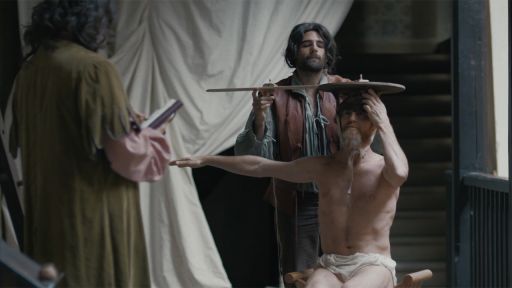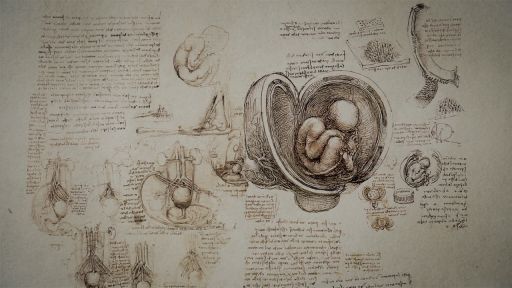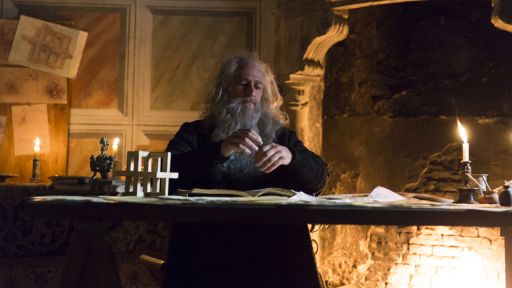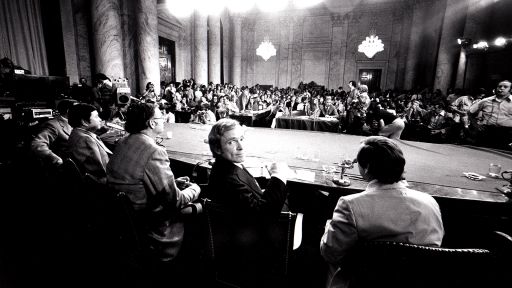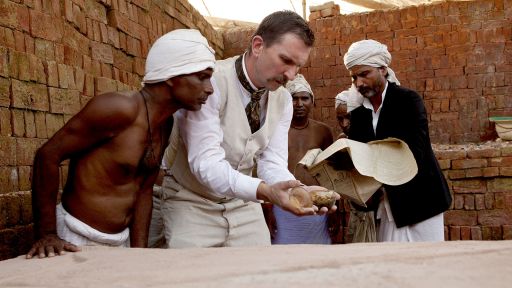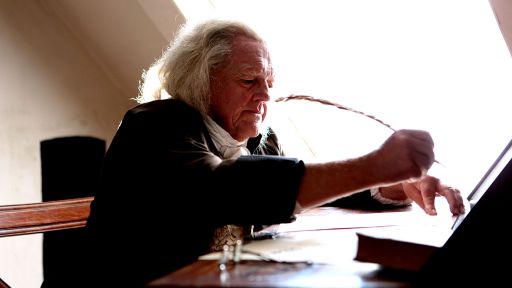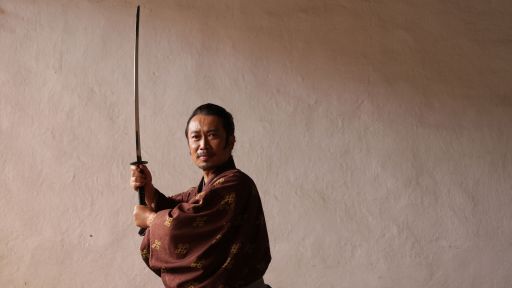TRANSCRIPT
In 1968, researchers examining an obscure trove of Renaissance drawings discovered sketches from the studio of a 15th century Italian inventor that were eerily similar to Leonardo's study for a parachute.
The inventor: Mariano di Jacopo, known as Taccola.
This drawing, the design for a parachute, is the oldest known to us and it is very similar to Leonardo's.
It was found in a manuscript conserved at the British Library in London.
Leonardo knew manuscripts from the Sienese engineering tradition and he even refers to Taccola's drawings in his manuscripts.
There are actually two drawings: the second is a flying man, without a parachute, although the subject is similar.
He is holding two sticks with two fabrics, like two wings.
It is a much more primitive design that goes back about fifteen years before Leonardo's drawing.
Taccola was an engineer of the early Renaissance, 70 years older than Leonardo.
He was among the first to use drawing as a design tool.
Before him, engineers worked out their inventions as they built them, through trial and error His manuscripts detail civil and military machines, some original, others are copies of ancient inventions.
And just as Leonardo copied him, Taccola's idea is copied from a Muslim inventor, Abbas Ibn Firnas, who, the story goes, leapt from the minaret of the Cordoba mosque in 852, and suffered only minor injuries.
So why is Leonardo remembered as the inventor of the parachute?
In the Codex Atlanticus notebook we find Leonardo's parachute.
But we know it's not really his invention.
He copied it from Taccola.
The incredible thing is that Leonardo is the first to write about the material needed to make this object: cloth made of waxed flax, so that the air doesn't come through and it becomes waterproof, like the feathers of the birds.
For the first time, he describes how this object has to be built - he's the only one to think about the dimensions.
There's another interesting thing on this other part of the sheet.
We find a lot more subjects.
Leonardo wrote many pages about how to build a flying machine.
And here we find five or six examples of them.
In these small sketches Leonardo shows himself not only as an artist, or an almost insane inventor .
.
.
For the first time, we see Leonardo da Vinci, the scientist, and this is really amazing !
Leonardo copied dozens of Taccola's inventions: the screwpump, a device to raise water The life preserver adapted by Taccola to float armored knights across rivers.
And the snorkel, though Leonardo's version is more developed with floaters to ensure airflow and valves to counter water pressure.
As with his design for the submarine, he relies on science, Taccola on fantasy.
Taccola died the year Leonardo was born, but he cast a long shadow.
And was a powerful inspiration.
The young Leonardo encountered Taccola's drawings in the course of his artistic apprenticeship beginning in 1467, at 15 years old.
